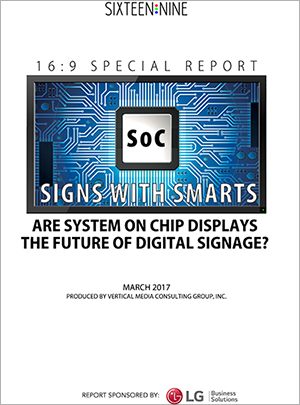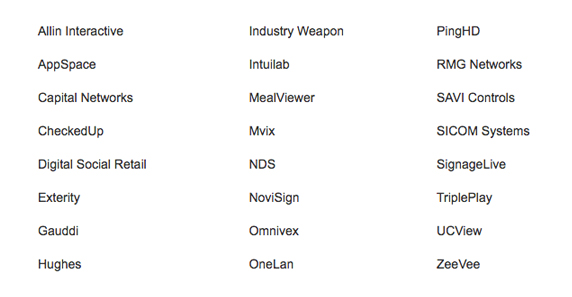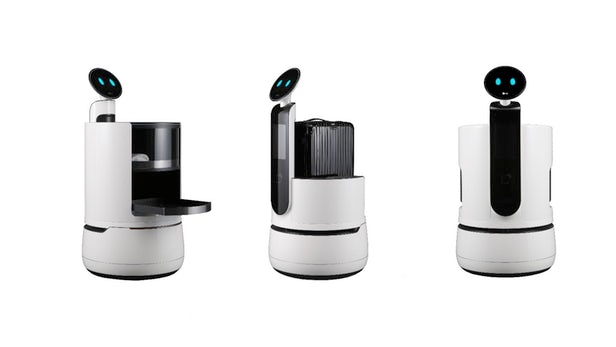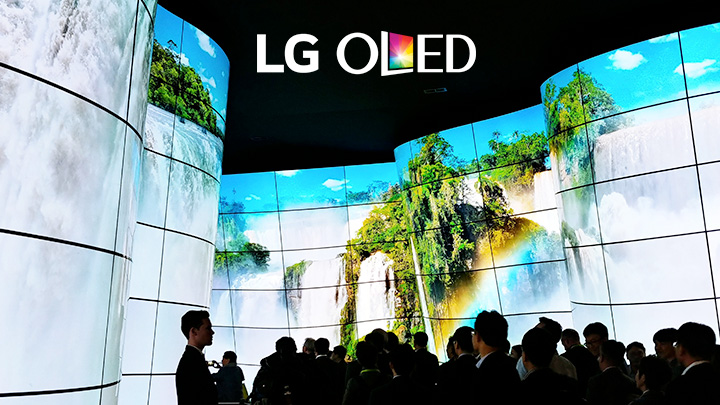 Martin Oberli
Martin Oberli
Sr Marketing Intelligence Manager
LG Electronics USA, Inc. Commercial Displays Division
Last year around this time I blogged about the question: How much does bad data cost LG Commercial Displays? Even though over the year we have made good headway in this regard, most of the work still targets the same objective: Gathering and consolidating information about customers and leads in order to learn about their behavior and use this information to do more direct, effective and economically efficient marketing.
The task has been more extensive and complex than expected given the nature of the business. On one hand there are several verticals (Hospitality, Signage and Small Monitors), each with multiple sub-verticals, combined with sales that can go directly to end users, resellers or distributers. Most of this activity is managed by several sales teams.
Over the last year most of the customer, lead and new target company information has been organized in such a way that today it is possible to specifically target any combination of these for marketing or sales purposes. This work prepared the company for the latest marketing trend known as Account-Based Marketing (ABM).
Wikipedia defines ABM this way: “Account-based marketing (ABM), also known as key account marketing, is a strategic approach to business marketing based on account awareness in which an organization considers and communicates with individual prospect or customer accounts as markets of one.”
In more tangible words, ABM is the product of an increasing overlap between marketing and sales enhanced by customer relationship management (CRM) software and technology. The digitalization of business is changing the B2B buying process. In the past marketing focused on top-of-funnel and sales took the leads and tried to close them. Today sellers are acting more like marketers, relying on data and analytics to first make meaningful connections and eventually increase sales.
No doubt good headway has been made over the last year from a marketing data organization perspective and now LG Commercial Displays can strive for the ABM implementation. The latter is certainly quite an undertaking as well, requiring close collaboration between marketing and sales for training purposes on mass emailing, qualifying/disqualifying leads, preparation of email templates, reporting, etc.
There are still additional aspects to consider on an ABM strategy, such as complementing the target companies with relevant marketing content in a coordinated programmatic media action. However, this might be enough material for the next blog.
In any case, marketing analytics at LG Commercial Displays is progressing toward its objective of more effective and economically efficient marketing.





